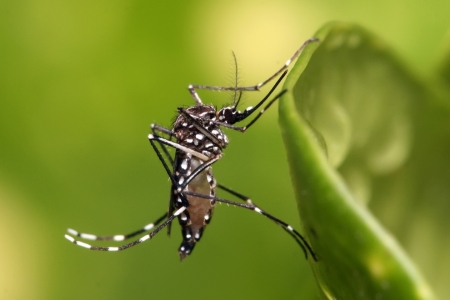Medicine professor published in international magazine
Professor André Anjos da Silva, PhD in Genetics and Molecular Biology, has recently published an article entitled Zika virus: a new human teratogen? Implications for women reproductive age in magazine Clinical Pharmacology and Therapeutic.
The study was done by members of the Teratogen Information System in the Medical Genetics Service, at Hospital de Clínicas de Porto Alegre (HCPA), where Silva is a postdoctoral researcher. The group is coordinated by Professor Lavínia Faccini, geneticist and professor at the Federal University of Rio Grande do Sul (UFRGS) and it is a reference in the study of microcephaly.
The purpose of the study is to confirm zika virus as teratogenic in humans, that means, to ascertain whether it may cause intrauterine growth restrictions, microcephaly and nervous system disorder. Read the article on http://www.ncbi.nlm.nih.gov/pubmed/27090438
What are A1 publications?
Qualis (a quality code) is the definitive reference point used by the Coordination for the Improvement of Higher Level Education Personnel Foundation to assess the quality of papers published by postgraduate researchers. It was created to be a standard method of assessment and it is based on information provided by a data collection application. As a result, it publishes a list with the qualifications received by the journals used in postgraduate courses.
On the whole, Qualis evaluates impact factor each research may have in databases recognised worldwide. Other criteria are: 1) number of triennial publications; 2) periodicity; 3) accessibility; 4) publications by authors from institutions other than the one that edits the journal.
Qualis is divided into 8 strata in descending order: A1, A2, B1, B2, B3, B4, B5 e C.
The first four levels:
A1 –impact factor equal to or greater than 3,800
A2 - Impact Factor between 3,799 and 2,500
B1- Impact Factor between 2,499 and 1,300
B2 - Impact Factor between 1,299 and 0,001
